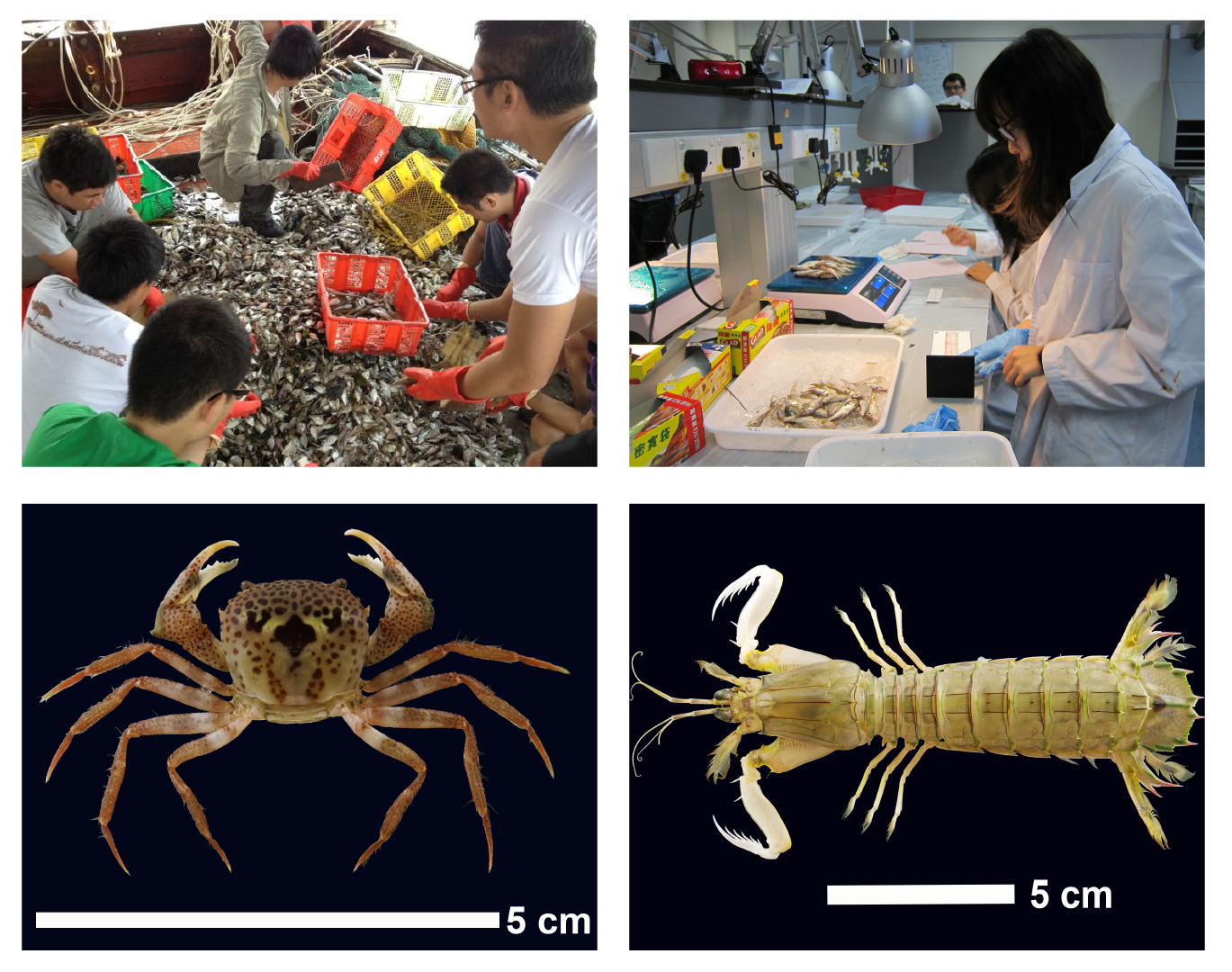Involved Member: Prof. Kenneth Mei Yee LEUNG

Fisheries resources in Hong Kong have been overexploited since the 1970s due to intensive bottom trawling and other fishing activities that have depleted stocks and destroyed marine habitat. To rehabilitate depleted fisheries resources, a permanent ban on trawling Hong Kong territorial waters came into force on December 31, 2012. This study used isotope-based metrics, in addition to traditional community measurements, to determine whether benthic crustacean assemblages had shown any signs of recovery three years after the trawl ban. In general, there were no changes in assemblage total abundance or species richness after the trawl ban, but a decrease in biomass was observed. Isotope-based metrics showed that trophic niches of the crustacean assemblages were, however, broader at all sites after the ban. The food chain length (FCL) at four sites in the eastern and western waters were longer after the ban, and three of them also showed increased mean trophic positions of carnivorous crustacean (MTPoC). In contrast, declines in FCL and other trophic metrics were recorded at the two southern sites.
By using isotope-based trophic metrics, we detected early functional recovery of the crustacean assemblages that cannot be revealed by traditional community analyses, implying that the effectiveness of the trawl ban would be underestimated if the assessment was based on community measurements only. We, therefore, advocate the use of isotope-based trophic metrics in tandem with the community measurements for more comprehensive assessments of ecosystem responses to anthropogenic disturbances and management interventions designed to alleviate them.
Reference:
Tao, L.S.R., Lau, D.C.P., Perkins, M.J., Hui, T.T.Y., Yau, J.K.C., Mak, Y.K.Y., Lau, E.T.C., Dudgeon, D., Leung, K.M.Y. (2020). Stable-isotope based trophic metrics reveal early recovery of tropical crustacean assemblages following a trawl ban. Ecological Indicators, 2020, 117, 106610.
